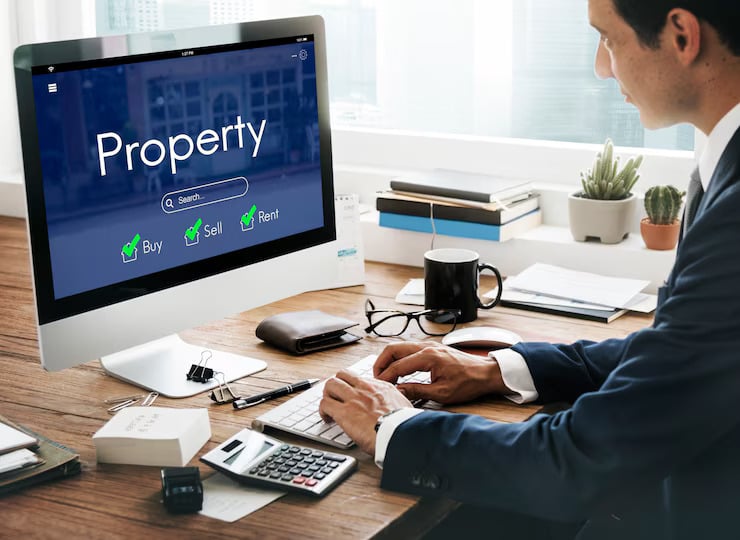Evictions can be expensive, time-consuming, and frustrating.
They’re also necessary sometimes.
The most common reason to evict a tenant in California is for nonpayment of rent. If you have not received your rental payment from a tenant and he or she does not seem interested in responding to your reminders or working out a payment plan, you will need to take steps towards eviction.
While it’s possible to evict a tenant on your own, we recommend you talk to an experienced attorney or a professional property manager. Even a single, unintentional mistake during this process can result in your case being thrown out. Then, you’ll have to start over while your tenant continues to live rent-free in your property.
Serve a Three Day Notice to Pay or Quit
The first step after any grace periods have expired is to serve your tenants with a Three Day Notice. This lets them know that rent is late and they have three days to pay or leave the property. The notice will explain that if they don’t do one or the other, you will have the right to file an eviction lawsuit in court. Usually, tenants will pay before those three days expire, or they’ll get in touch with you to ask for an extension and let you know when they’ll have the money to pay. Stick to the timeline, even if the tenants tell you the rent is coming. You don’t want to let too much time pass before you act on the eviction.
While tenants will often pay within those three days, it’s rare that they’ll vacate. If they don’t respond at all, you’ll have to take the next step.
Filing for an Unlawful Detainer
You’ll need to file an unlawful detainer at the court house. This will trigger a Summons & Complaint to be served to your tenants, and then they’ll have the opportunity to respond. A court date will be set, and both you and your tenant will show up in court to argue your respective cases. The amount of time that this process takes will vary. The tenants will usually have five days to respond, and then the court date may be three or four weeks later.
When you do go to court, it’s important to be prepared. Make sure you have the following documents:
- A copy of your lease agreement.
- A copy of the Three Day Notice.
- Accounting or financial statements that show your tenant has not paid.
- A copy of any communication between you and your tenant regarding the overdue rent.
Judges like for the parties to try to come to an agreement before arriving at the hearing. You can talk to your tenants about moving out voluntarily or you can set up a payment plan. If no agreement is reached, you’ll attend the hearing and receive your judgment.
Obtaining a Writ of Possession
It’s possible your tenants won’t show up for the court date. If this happens, the judge will issue a Writ of Possession. You’ll also receive this Writ when you win in court. This legally returns the property back to you, and the judge will give the tenants a specific number of days in which to move out. If they don’t leave, you’ll need to go to the property with a sheriff to have them physically removed. Then, you’ll want to re-key the property.
You must follow the law when you’re evicting. You cannot change the locks on your own and you cannot cut off the utilities. Follow the process and stick to the timelines.
We can help you with your Alamo eviction. Please contact us at Stowers Real Estate.




